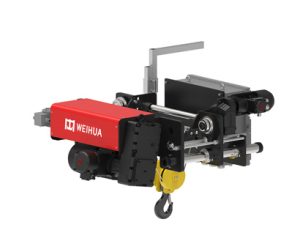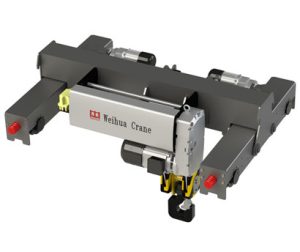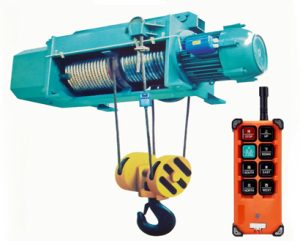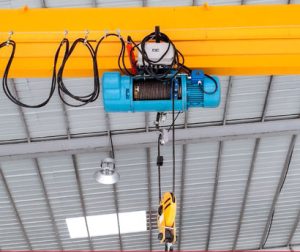The Power of Ten Tons: Hitting the Capacity Sweet Spot
Ten tons (approximately 20,000 lbs or 9,000 kg) represents a significant lifting capability. It’s powerful enough to handle:
- 1. Heavy Machinery: Moving presses, generators, large motors, CNC equipment.
- 2. Industrial Components: Lifting steel coils, large castings, fabricated structures, transformers.
- 3. Bulk Materials: Handling palletized goods, large containers, rolls of material.
- 4. Construction Elements: Positioning pre-cast concrete sections, large beams, heavy modules.
This capacity bridges the gap between lighter-duty tasks (handled by 1-5 ton hoists) and the extreme heavy-lift realm (requiring 20+ 톤 용량). For many industries, 10 tons is the standard workhorse capacity.
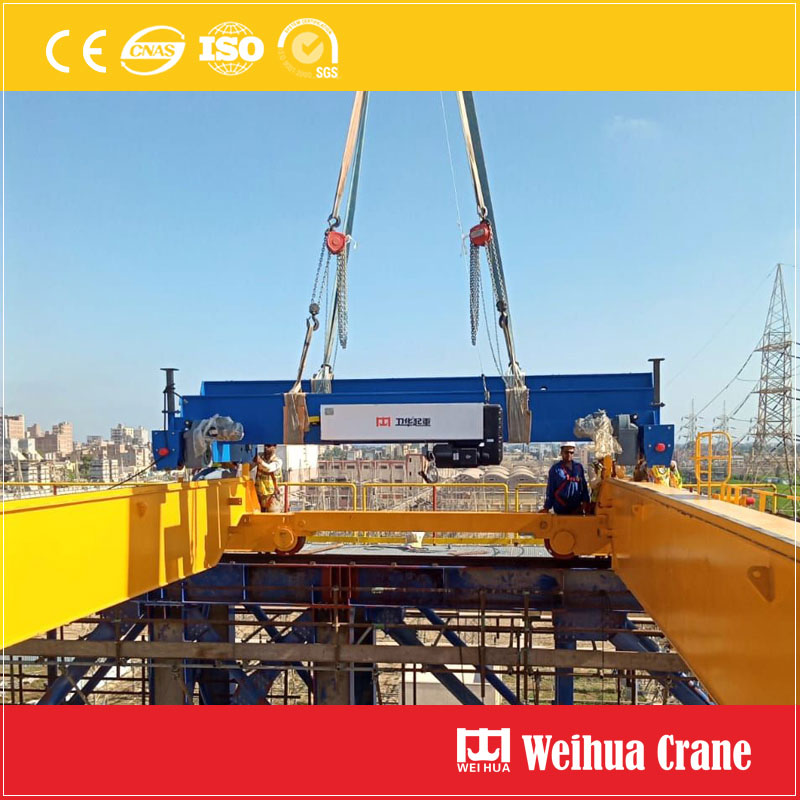
왜 전기인가?? The Compelling Advantages
Compared to pneumatic or manual alternatives, electric hoists offer distinct advantages crucial for industrial settings:
- 1. Power and Control: Electric motors deliver consistent, powerful lifting and lowering force, essential for handling 10-ton loads smoothly and predictably. Variable Frequency Drives (VFDs), often available as options, provide exceptional speed control and soft starts/stops, minimizing load swing and enhancing precision placement.
- 2. 능률: 전기 호이스트 convert energy efficiently, especially compared to pneumatic systems which suffer from air compression losses. This translates to lower operating costs over the long term.
- 3. Clean Operation: No oil leaks or exhaust fumes, making electric hoists ideal for cleaner environments like food processing, pharmaceuticals, or indoor manufacturing facilities.
- 4. Reduced Noise: Significantly quieter than pneumatic hoists, contributing to a better and safer work environment.
- 5. Ease of Integration: Electric hoists integrate seamlessly with crane controls (pendant, radio remote, or cabin) and often offer features like limit switches, 과부하 보호, and compatibility with automated systems.
- 6. Lower Maintenance: Generally requiring less routine maintenance than hydraulic systems, with simpler lubrication points and fewer components prone to wear from contaminants.
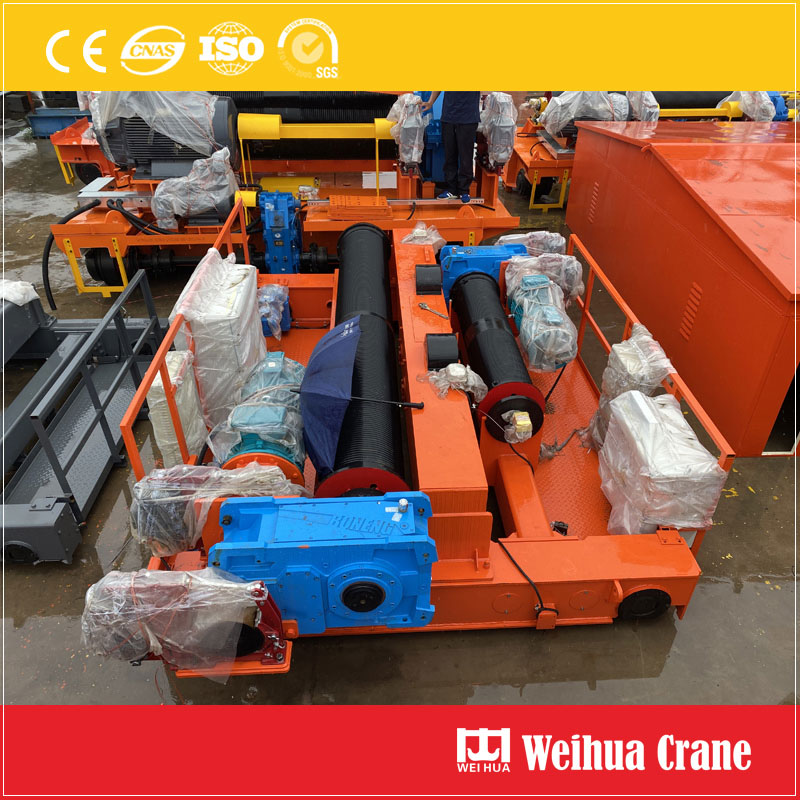
Key Features to Look for in a 10-Ton Industrial Electric Hoist
Not all 10-ton hoists are created equal. When selecting one for demanding industrial use, prioritize:
- 1. 견고한 구조: Heavy-duty welded steel housing, hardened steel gears, and high-strength load chains or wire rope designed specifically for the 10-ton capacity and frequent use.
- 2. Duty Cycle Rating: Match the hoist’s duty cycle (예를 들어, CMAA 클래스 D – 고강도 또는 클래스 E – 가혹한 환경) to your actual usage patterns. Industrial cranes often need higher duty cycles.
- 3. 안전한 안전: Essential features include:
- Dual braking systems (primary and secondary/emergency brake).
- 상한 및 하한 스위치.
- 과부하 보호 장치.
- Thermal protection for the motor.
- Compliance with stringent standards (ASME B30.16, OSHA, CMAA, FEM).
- 4. 정밀한 제어: Smooth operation via pendant control or radio remote. VFD option for critical precision tasks.
- 5. Reliable Motor: A high-quality, thermally protected motor designed for industrial voltage (예를 들어, 230V/460V 3-phase) and continuous operation.
- 6. 보호: Adequate ingress protection (IP rating) against dust and moisture relevant to your environment.
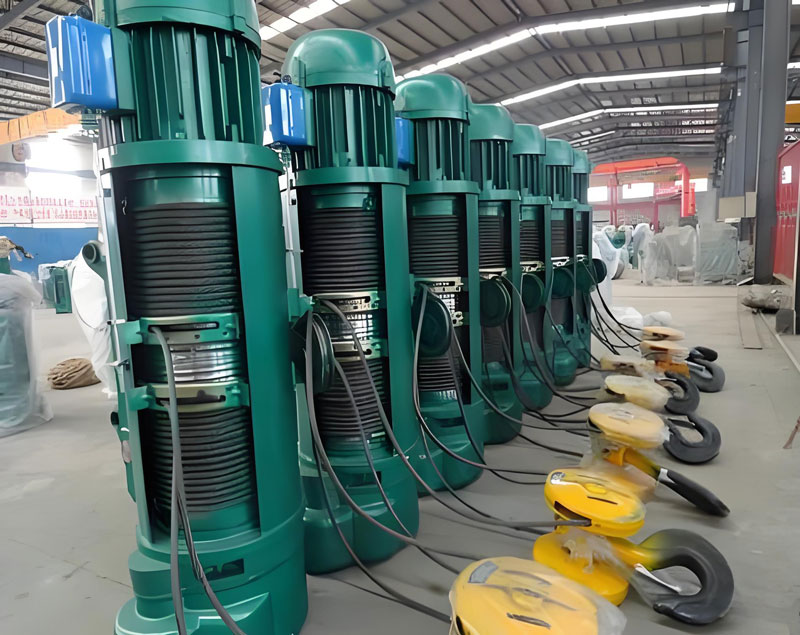
응용: Where the 10-Ton Electric Hoist Shines
You’ll find these indispensable hoists powering cranes in:
- 1. 제조 공장: 원자재 이동, work-in-progress, 그리고 완제품.
- 2. Metal Fabrication Shops: Handling large steel plates, beams, and fabricated assemblies.
- 3. Warehouses & Distribution Centers: Lifting heavy pallets or specialized containers.
- 4. Foundries & Forges: Moving molds, castings, and heavy tooling.
- 5. Power Generation Facilities: Installing and maintaining turbines, generators, and transformers.
- 6. 조선 & 수리 야드: Handling large ship components and machinery.
- 7. 건설 현장: Positioning heavy building materials and prefabricated sections.
- 8. Automotive Plants: Lifting vehicle chassis, 엔진, and large assemblies.
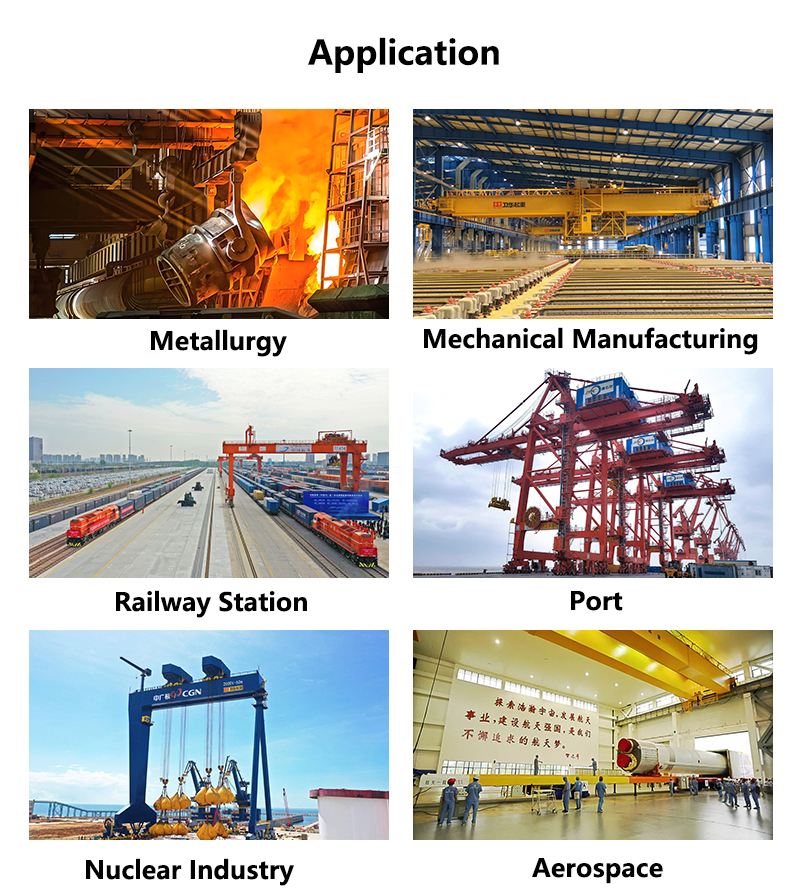
Investing in Productivity and Safety
Choosing a high-quality 10-ton electric hoist for your industrial crane isn’t just about lifting capacity; it’s an investment in:
- 1. Increased Productivity: Faster, smoother, and more reliable lifting cycles.
- 2. 향상된 안전: Protecting your workforce and valuable loads with built-in safety features.
- 3. 다운타임 감소: Durable construction and lower maintenance needs mean more uptime.
- 4. Operational Precision: Achieving accurate placement, especially with VFD control.
- 5. Long-Term Cost Savings: Lower energy costs and reduced maintenance expenses compared to alternatives.
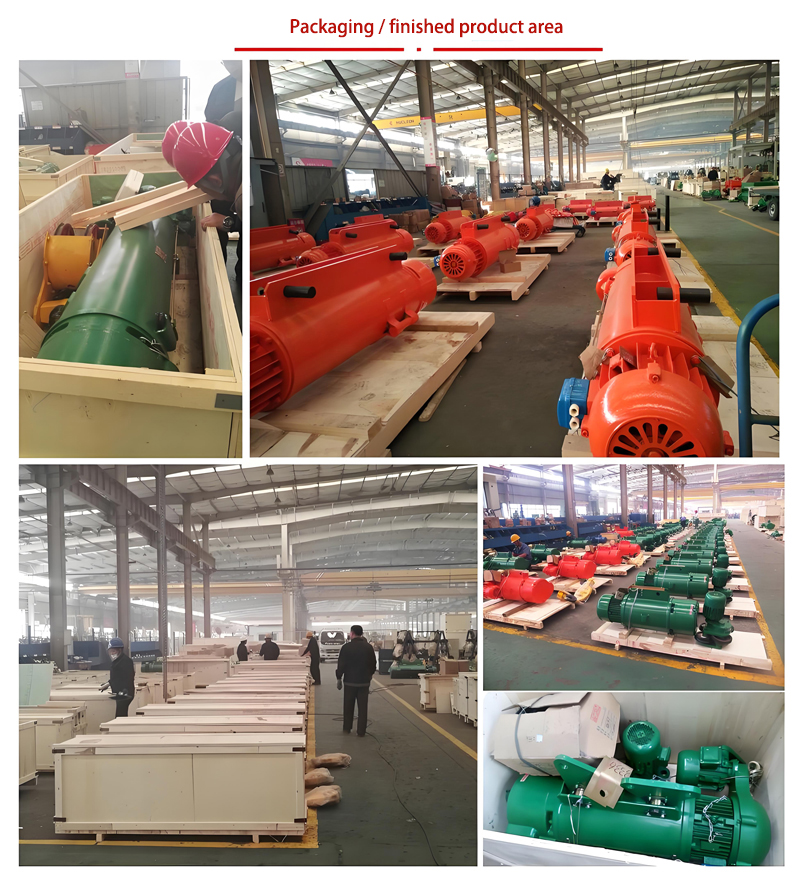
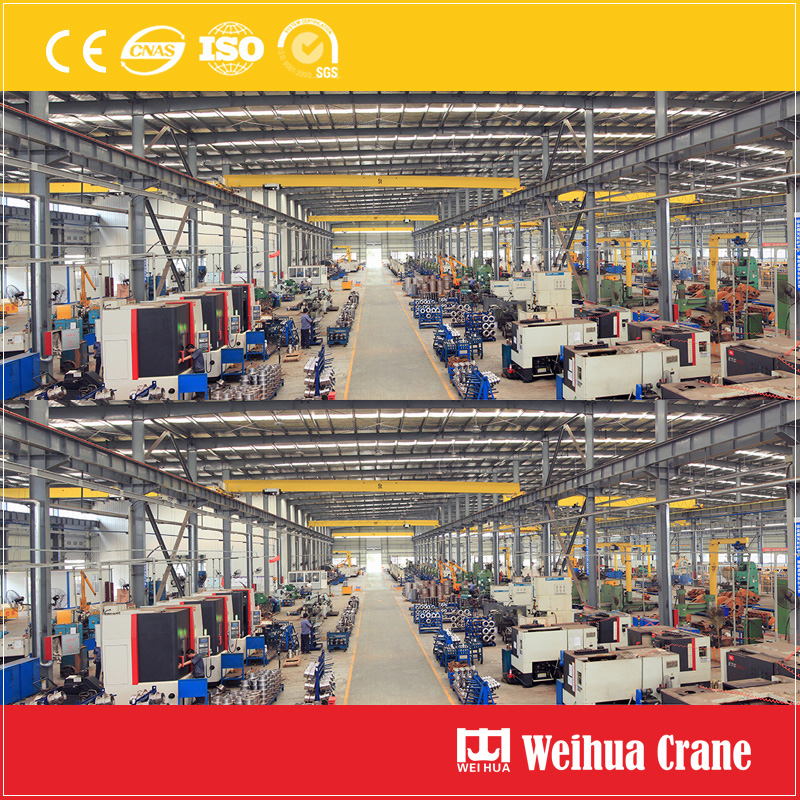
The 10-ton electric hoist is the reliable, powerful, and efficient heart of many industrial crane systems. Its perfect balance of capacity, electric efficiency, and controllability makes it an essential tool for lifting the substantial loads that drive industry forward. When reliability, 안전, and productivity under heavy loads are paramount, specifying a robust, well-engineered 10-ton electric hoist is a fundamental step towards optimizing your lifting operations.
10-Ton Electric Hoist for Industrial Cranes: 자주 묻는 질문 (FAQ)
1분기: What makes a 10-ton electric hoist suitable for industrial use?
에이: Its robust design, precision control, and compliance with safety standards (ASME B30.16, OSHA, FEM/CMAA) make it ideal for heavy-duty tasks like lifting machinery, steel coils, or construction materials. Electric power ensures smooth operation, low maintenance, and reduced noise compared to pneumatic/hydraulic alternatives.
2분기: Can a 10-ton hoist be installed on any crane?
에이: It depends on the crane’s design (예를 들어, overhead bridge, 받침대, or jib crane). Compatibility requires matching:
- 1. Lifting capacity (crane must support ≥10 tons).
- 2. Runway beam strength and trolley compatibility.
- 3. Electrical infrastructure (예를 들어, 230V/460V 3-phase power).
Always consult an engineer or supplier before installation.
3분기: What safety features are critical?
에이: Essential features include:
-
1. Dual braking systems (기계적인 + 전자기).
-
2. Upper/lower limit switches.
-
3. 과부하 보호.
-
4. 열 모터 보호.
-
5. Emergency stop controls.
-
6. IP54/IP55 rating for dust/moisture resistance.







